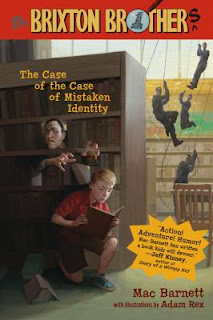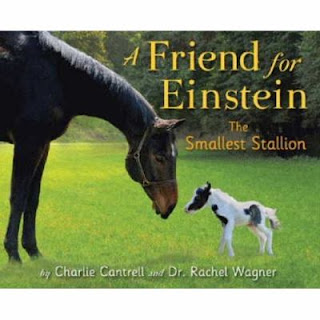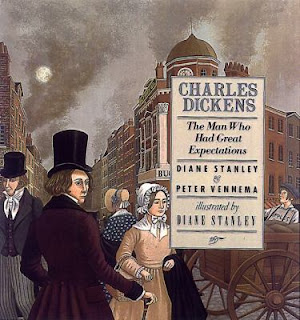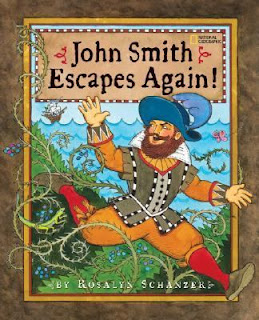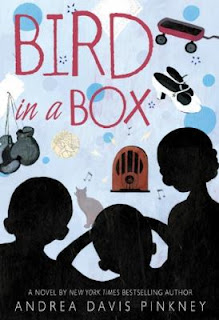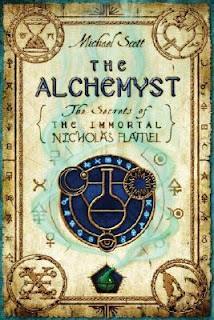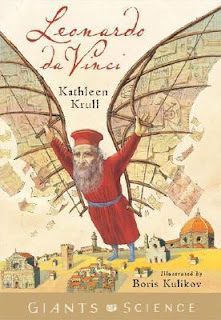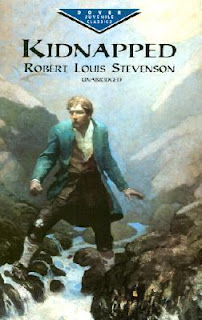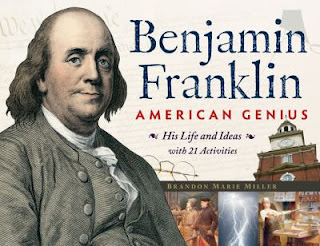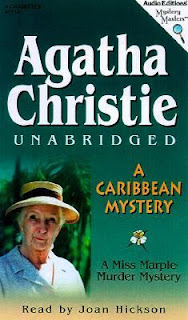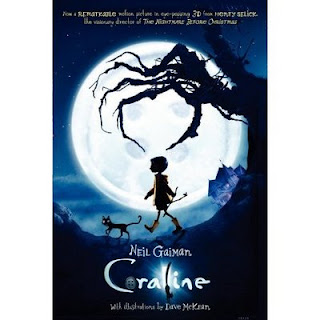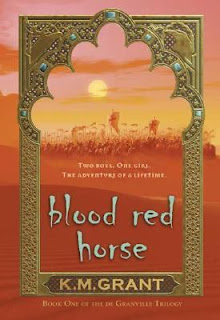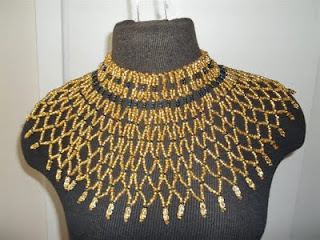
I don't usually choose books published through vanity press. A vanity press is a company that, for a fee, will publish your book and distribute it to Amazon and local book stores. There are some books that started out in a vanity press, and were later picked up by a major publisher, most notably is
Eragon by Christopher Paolini. Usually vanity press books, because they have not gone through the rigorous selection and editing process, are not as good as books published through major publishing houses. This book,
The Legend of Saint Valentine, was written by the friend of a friend so I said I would read it.
I must admit I actually liked the book. It takes the various legends about Saint Valentine and reconciles them into a person who is a Zorro-like Roman vigilante. It is a fun view of the historical character about which we really have very little information. Unfortunately the book does have some of issues that are commonly found in vanity press. In the forward of the book the author states that this book is the first of a series. Mr. Kuhn obviously put a great deal of effort into creating the book, so I want to give some suggestions that will make his future writing more polished. So Mr. Kuhn, if you are reading this, know that I am writing this with admiration for your accomplishment and best wishes for your future endeavors.
Dear Mr. Kuhn
There are few things you could change with very little effort that would instantly and greatly improve the readability of your book. First of all, for some reason, you decided to put and extra space between each paragraph. Visually that chops up and slows down the narrative. You can add an extra space if there is a change of scene, but certainly not more than once a chapter. Likewise, restating the characters each chapter also slowed the chopped up the narrative. You can have a character list at the end of the book, but not at each chapter break.
The other suggestions I am going to make are not as easy to fix, but I think it could be done. One is to keep track of your target audience. The parts of the story about the children sound like they are written for a reader that is about 8 or 9 years old, but the parts of the story that about the political intrigue of third century Rome are more at an adult level. I am impressed with your knowledge of the details of Roman geography and political systems, but few 8-9 year-olds would be willing to wade through all the technical jargon and political monologuing.
Finally, you need to change how you think about your narrative. In your writing you are trying to explain what is happening. You give exact and detailed descriptions, as if you were explaining a crime scene to a policeman and wanted to get all the facts right. Good storytelling doesn't explain a situation, it recreates it. It gives you just enough detail that you can see what the character sees, and notice what the character would notice.
Ok, this blog is getting really long, but I want to explain what I mean. I am going to copy a paragraph from the book, and then suggest a rewriting of it.
From the book:
"Valentine immediately flinched and shot up straight in the saddle of the horse, which reared up on its hind leg, letting out a loud whinny. When the horse came back down the children could see that Valentine had a complete look of awe and wonder on his face. He began immediately grabbing underneath his breastplate and searching through his clothes, which reminded Caleb of what Valentine did in the storehouse. "
My revised version:
"Valentine flinched and straitened in his saddle. The horse reared and Valentine struggled to calm it, yet his eyes stayed riveted on the children. His hand flew under his breastplate and he groped through his tunic, searching for something. Caleb had seen him do that before, in the storehouse."
So how did I make the changes? First of all take out almost all adverbs. Most verbs are strong enough that adding words like "suddenly" or "immediately" just weakens them. Then tell what the character sees, and let the reader interpret from that what the character is feeling. How do we know when someone is feeling awe and wonder? They keep staring at something even though their horse is rearing.
Good luck, Mr. Kuhn. I hope this has been helpful.






